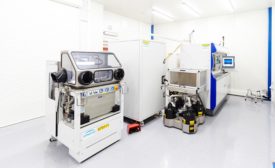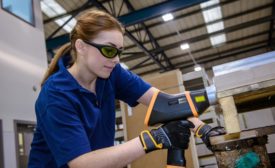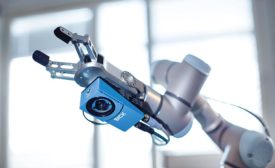Home » COVID-19
Articles Tagged with ''COVID-19''
Remote Quality Management System Audits: An ISO 9001 Auditor’s Perspective and Lessons Learned
Planning in this remote audit environment is paramount.
December 5, 2020
Managing the Unanticipated Risk: Lessons from the Pandemic
ISO 9001:2015 can ensure that actions are in place to address the risk if it occurs.
December 4, 2020
Additive Manufacturing: Past, Present and Future
Additive manufacturing has clearly been a major disruptor in sectors where it has been adopted, and this disruption propagates through the supply chain.
November 30, 2020
Training in the Age of COVID-19
With the virus disrupting businesses worldwide, training employees presents new challenges. Experts comment on what can be done.
November 2, 2020
Why COVID-19 makes materials analysis in quality control more important than ever
Thanks to the continued development of material analysis technologies like LIBS, OES and XRF, testing in-house couldn’t be easier.
October 6, 2020
A Pandemic is No Match for Industry 4.0
While COVID-19-related disruptions threatening to upend manufacturing as we know it, IIoT systems make large-scale remote work possible, improve safety and help with supply chain issues.
September 28, 2020
A Customizable Vision for the Quality Profession
The future of quality inspection is one that will see quality professionals working side-by-side with collaborative robots fitted with easily-swapped vision systems.
September 1, 2020
Stay in the know with Quality’s comprehensive coverage of
the manufacturing and metrology industries.
eNewsletter | Website | eMagazine
JOIN TODAY!Copyright ©2024. All Rights Reserved BNP Media.
Design, CMS, Hosting & Web Development :: ePublishing










